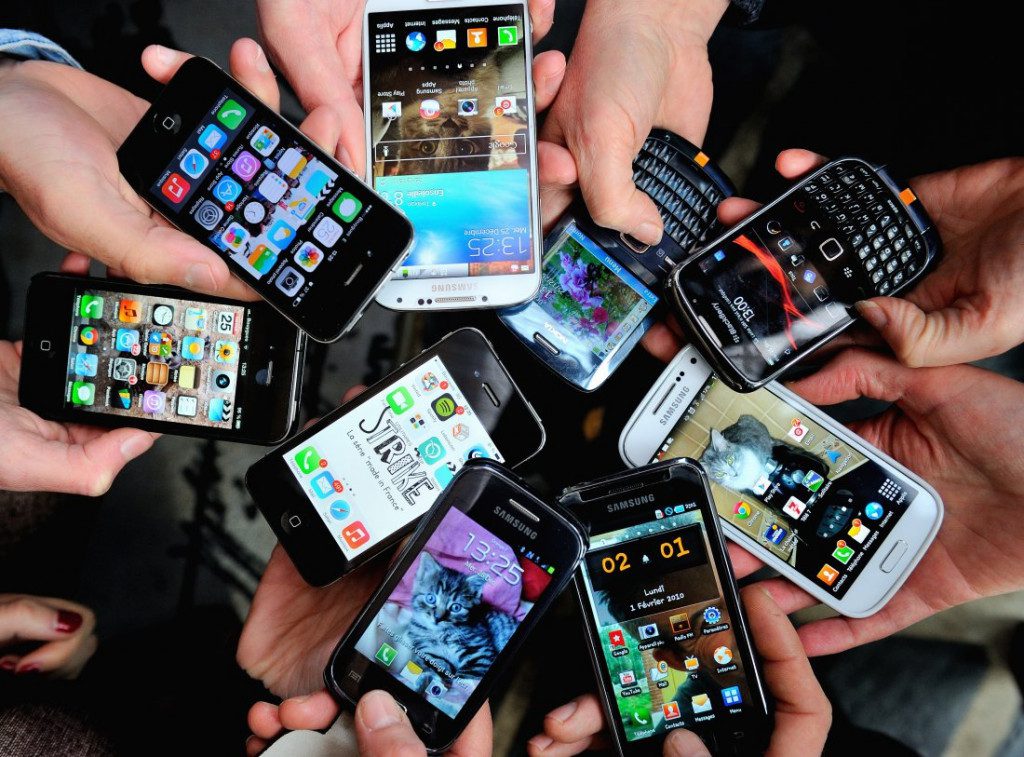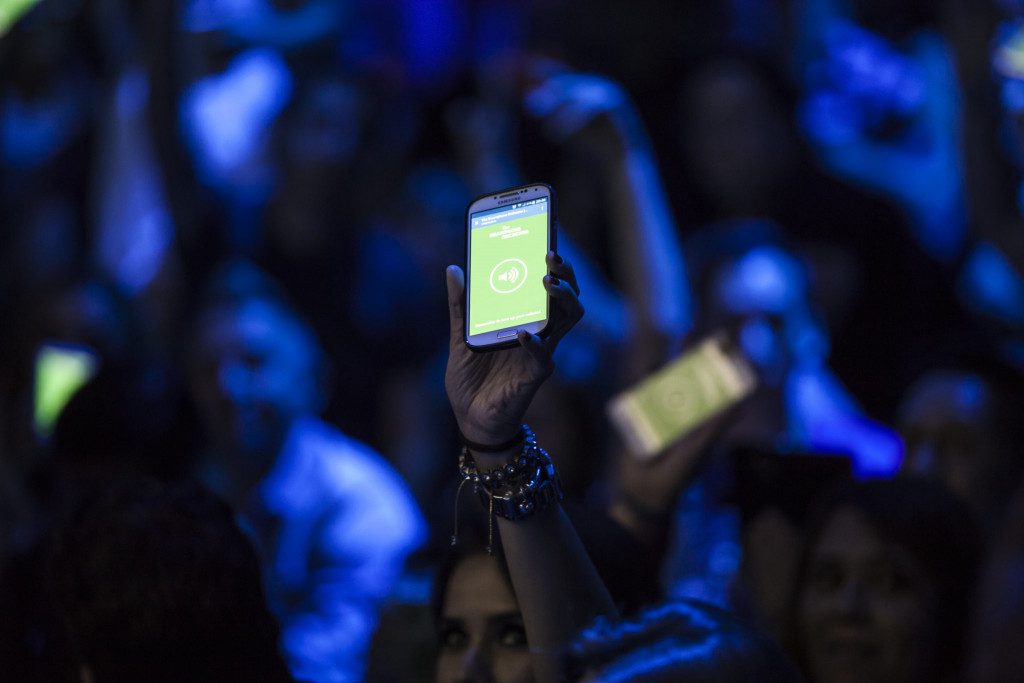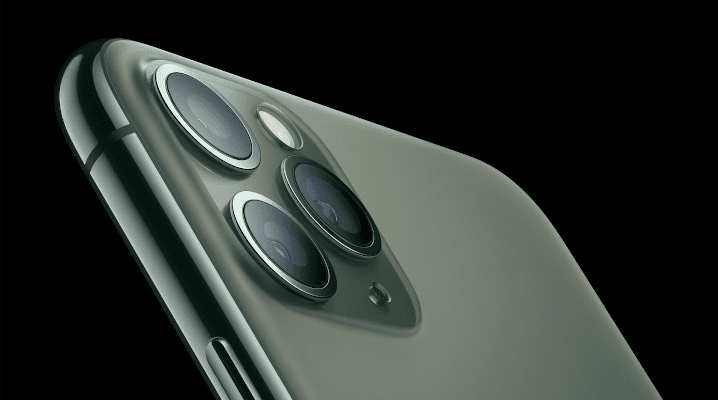Recent Smartphone Photography Research Reveals Average Brit Stores 7500 Photographs on Mobile Devices
There’s an issue with smartphone photography that we’re all painfully aware of. So many photographs exist only within the memory of digital devices. In fact, recent research has been led revealing one in five UK Brits hold over 7,500 pictures on their mobile phones.

This is, of course, a staggering amount of data, not to mention a real shame. Unfortunately, it doesn’t end there. prepare yourself for a barrage of statistics… The survey also discovered that 8% have more than 10,000 photos on their smartphones at any one time, but also revealed that more than 60% have fewer than 1,000 pictures, and more specifically, 82% of those over the age of 65 have less than 1,000 images stored in their image galleries.
Platforms
Considering the digital platforms we utilise for sharing our images, it’s been shown that 43% of people favour WhatsApp. Facebook Messenger is the second most popular [with 23%].
According to the study, which was conducted from 1,500 people from across the UK, women were shown to be more likely to share images via Instagram than men and perhaps unsurprisingly it’s been reported that Snapchat’s principal demographics range between 13 to 29-year olds with 69% of 13 to 17-year-olds and 62% of 18 to 29-year-olds using the app. This is backed up by the study which found that less than 3% of over 45s use Snapchat for image sharing.

Lockdown
The study also examined how lockdown has affected behaviour with regards to how many photographs we shoot, store and send. The study developers, Cartridge People, found that:
- One in five have sent more photographs during lockdown than usual
- A higher % of women confessed to sharing more images during lockdown than men
- Those aged between 18-24 were more likely to have sent a higher number of pictures during lockdown than any other age group

Abdul Shakur from Etica Leaders, commented: “Platforms like WhatsApp and Facebook Messenger are on the rise due to people not having that connection with others whilst living being at home, this has then a direct impact on the amount of attention we need as extroverts to keep us sane. This is why Instagram has been popular especially for those who are used to going out all the time. The challenge here is, due to the fact that people aren’t dealing with their own personal battles especially being at home, they can’t throw their efforts into work or social life. The only remaining way to help them feel great or be accepted is by taking images, posting them online and making themselves feel great. Images are a bit like clothes. We can’t let go of them because they make us feel a certain way. Taking a selfie and making yourself feel great has the same emotional effect as shopping. By seeing our clothes or images it’s a reminder that we are amazing. Social media isn’t that much different.”
So what do you think? Useless information or a valuable study into consumer photography habits? Let us know.



